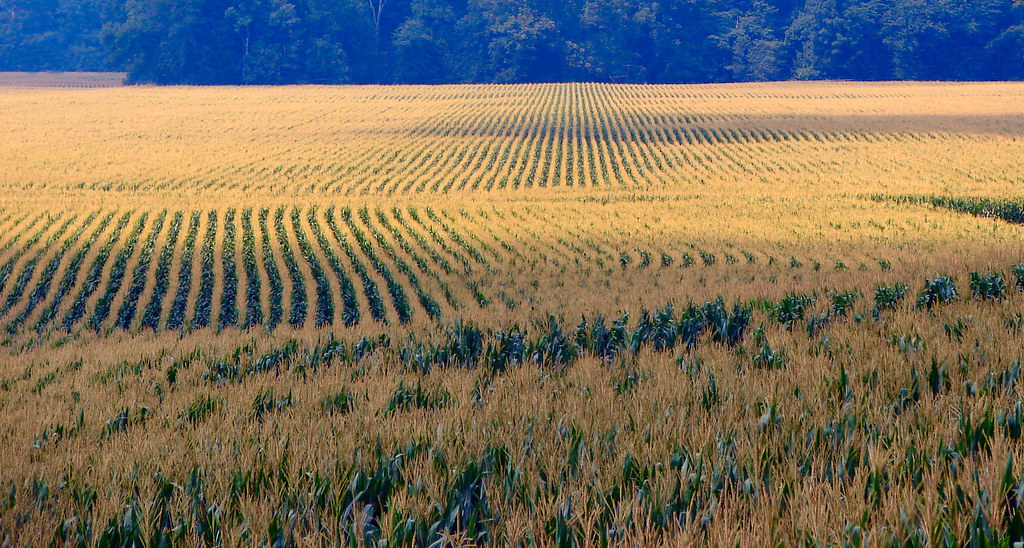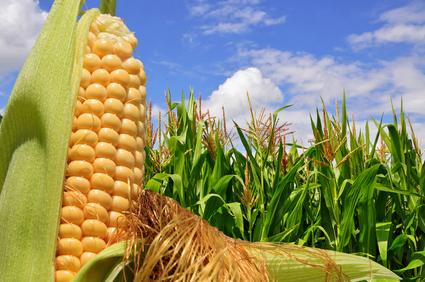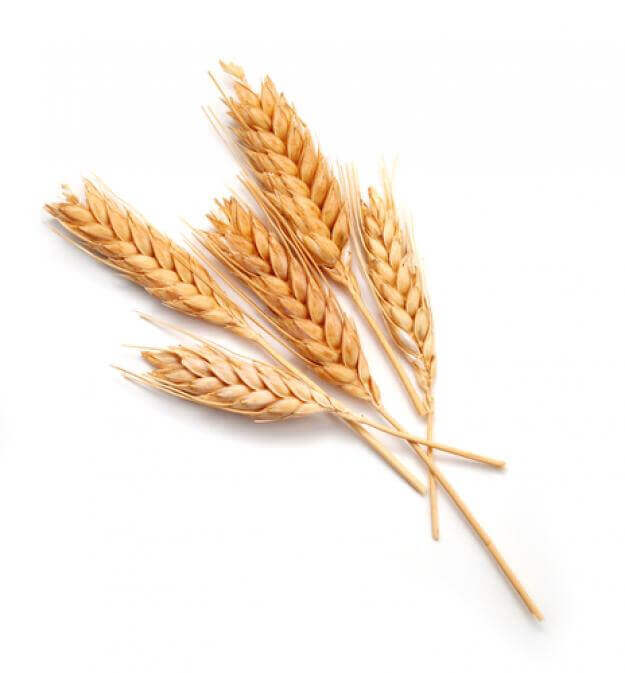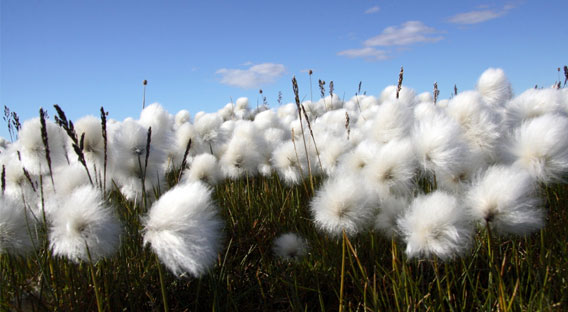United States
 www.plantsciences.ucdavis.edu
www.plantsciences.ucdavis.edu
"The United States and Canada are the most industrially and technologically advanced nations, with the highest percentages of workers in nonagricultural pursuits—well over 90%"
 mspoz.pbworks.com
mspoz.pbworks.com
"About 13% of the land in North America is used for growing crops, with a slightly higher percentage used as permanent pasture. About 70 per cent of the farmland is in the United States; about 15% is in Canada; 10 per cent in Mexico; and nearly all of the remainder in Central America.
The United States and Canada are by far the chief producers of agricultural products. In general, farms in the United States and Canada are privately owned, highly mechanized, and large in area. Farms of more than 1,000 acres (405 hectares) are common. In general, farms in the United States and Canada use large quantities of chemical fertilizers, pesticides, and other chemicals."
"The continent's richest farmland is found on the eastern Great Plains, stretching southward from south-central Canada into the United States, and in the so-called Corn Belt of the midwestern United States. Wheat is the main crop of the Great Plains. The Corn Belt produces large amounts of hay, soybeans, and various cereals, in addition to corn. Central Mexico is also a major corn-growing area.
Virtually every kind of fruit and vegetable is grown somewhere in North America. In the United States and Canada, much of the fresh produce supplied to large cities comes from nearby farms that specialize in growing fruits and vegetables. The subtropical and tropical areas of North America are noted for the commercial production of citrus fruits, winter vegetables, cotton, sugarcane, coffee, and bananas. Chief foods grown in these areas for local use are corn, beans, sweet potatoes, various other vegetables, and fruits.
About one-tenth of the cropland is under irrigation. Nearly 70 per cent the irrigated land is in the United States, mainly in California, Texas, and the mountain states from Montana to Arizona and New Mexico; much of the rest is in Mexico. Sugar beets, cotton, and fruits and vegetables are among the crops grown on irrigated land."


























